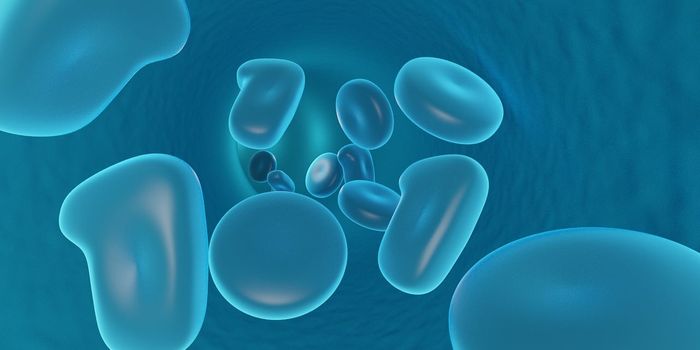The price tag of prostate cancer treatment
New research published in The Journal of Urology from the Official Journal of the American Urological Association (AUA) reports on the price tag associated with prostate cancer in men. The study contemplates the financial toxicity of cancer care, referring to the “the distress or hardship experienced by patients due to the cost of cancer treatment."
Men diagnosed with localized prostate cancer have a choice of treatment options: active surveillance, radiation, or surgery. Too little attention has been given to analyzing the financial influence behind a patient’s decision-making process. Given that certain treatments carry different price tags, senior author Daniel A. Barocas, MD, MPH says: "Cost of treatment and the associated financial burden could be an important factor in treatment decisions.”
As one of the most common cancers in men, it is crucial to dig deeper into the financial side of cancer treatment. To investigate the relationship between financial burdens and treatment choice, the researchers analyzed data on 2,121 patients, comparing the financial burdens for patients choosing surgery (radical prostatectomy), external beam radiation therapy (EBRT), or active surveillance.
The findings were clear: "Our research shows radiation therapy seems to have the highest financial burden for patients with clinically localized prostate cancer, compared to surgery or active surveillance," says lead author Benjamin V. Stone, MD. "However, our study also shows there is a relatively small percentage of patients who experience a large or very large financial burden due to treatment, and the financial burden lessens over time."
This is evidenced by the response given by 15% of patients who reported experiencing "a large or very large" burden of treatment costs in the first six months following treatment. Meanwhile, 11% of patients who underwent EBRT reported financial toxicity.

"Overall, our follow-up study suggests that radiation therapy has a longer-lasting burden of costs, compared to other initial treatment options for prostate cancer," the researchers state. They add that "The association of financial burden with socioeconomic factors such as race and education is in line with the results of previous studies in the United States and worldwide," Drs. Stone and Barocas and coauthors write.
Sources: The Journal of Urology, Eureka Alert








